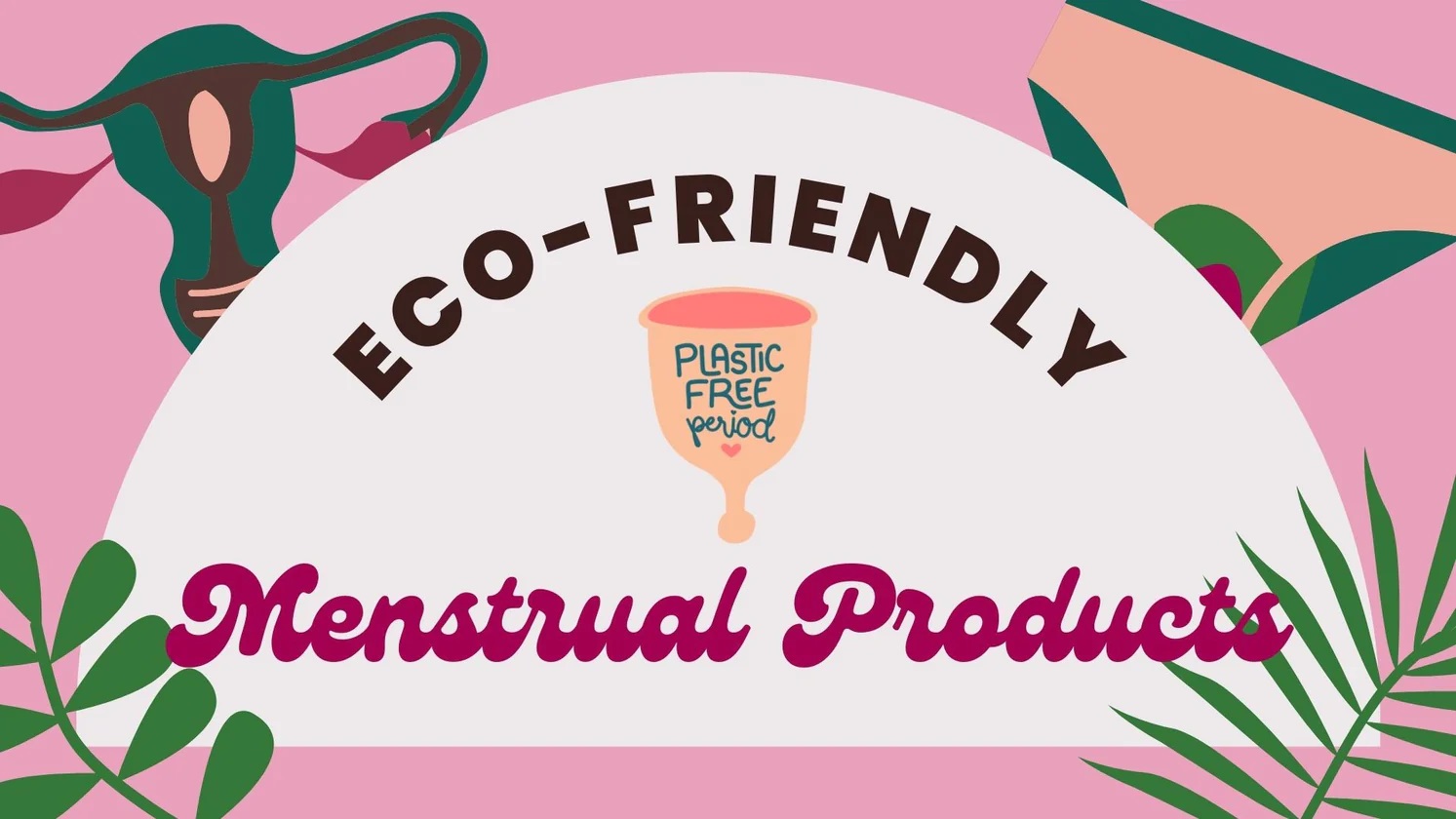Thinking about making a change to cleaner and environmentally friendly sanitary products? Well, you’ve come to the right place. Here’s a little fact for you, it takes a total of 500 to 800 years for a period product to eventually break down. According to Stanford Magazine, a total of 7 billion tampons and another 12 billion pads are thrown away into the trash in the U.S alone per year. How crazy is that!
Many menstruation products contribute to an increase in waste that ultimately ends up collecting together creating damage to the environment. Of all feminine hygiene products, tampons and sanitary pads are the most significant contributors to the rise in waste that end up in landfills and often are also found polluting the oceans of the world. Since they are the most commonly used sanitary products, they are mass-produced from materials that are not biodegradable or sustainable. Large companies that manufacture sanitary products use absorbent materials such as polymer, plastic, and non-organic cotton that also contain chemicals and pesticides that threaten ecosystems as they decompose. Additionally, this means you are subjecting your body to these plastics and chemicals. If it’s not good to have in nature, do you really think it’s good to have inside your body?
In recent years, however, changes have been made to help make feminine hygiene products more eco-friendly while also making sure the quality of the product is up to efficient standards. New small companies have been working to design sanitary products that use natural ingredients as well as using technology to allow for cleaner products. Here is a list of a variety of different eco-friendly menstruation products.


ORGANIC TAMPONS AND PADS
Companies like GetRael and L., offer a variety of different period products that are sustainable and eco-friendly. Their tampons and pads are made of organic cotton which is better for the body as they do not contain harsh chemicals, they are more breathable, compostable, and biodegradable. To add to this, instead of taking 500 years plus, like non-organic cotton pads and tampons take to decompose, an organic cotton pad only takes about 18 months. An organic tampon takes even less, only a total of 5 to 6 months. I’d say that is a pretty drastic step in the right direction to more eco-friendly products. In regards to prices, they are in a similar price range to big brand menstruation products, with a difference of only a couple of cents to five dollars at most.


REUSABLE MENSTRUAL CUPS
If you’re wanting to try a reusable alternative, the diva cup is a great way to start. Diva cups are made of either silicone or latex rubber which are biodegradable. These diva cups are inserted the same way a tampon is, the only difference is that it looks like a funnel cup that can be folded and after it is full, it gets dumped inside the toilet. The prices for menstruation cups can range from $15 to $40 which is pricey, but you are paying for quality products that are designed to last for long terms of time when properly cleaned and taken care of. GetRael offers a set of 3 reusable cups at the price of $28. In just a few months, you have made a financial return on this investment, as well as a healthy and ecological one.


REUSABLE UNDERWEAR AND PADS
Reusable pads and period underwear are other zero-waste alternatives. These may sound alarming and make you question if they even work because, hello absorbing underwear! Have no fear, period underwear has been designed to hold liquid and prevent leakage. They are made of multiple layers of microfibers that are easily cleaned by rinsing with water and then throwing them in the washer. As for the reusable pads, these are designed the same way as a normal pad, the only difference is that they are made of cloth and bamboo. The price ranges for both from $15 to $ 50 depending on if you buy a pack. If this sounds like the right path for you, check out the options from Aisle for reusable pads and Knix for a variety of different styles of period underwear.
Sources: Stanford Magazine, Technical Textile, Period Underwear, Diva Cup, How to Clean Reusable Products

Leave a Reply
You must be logged in to post a comment.